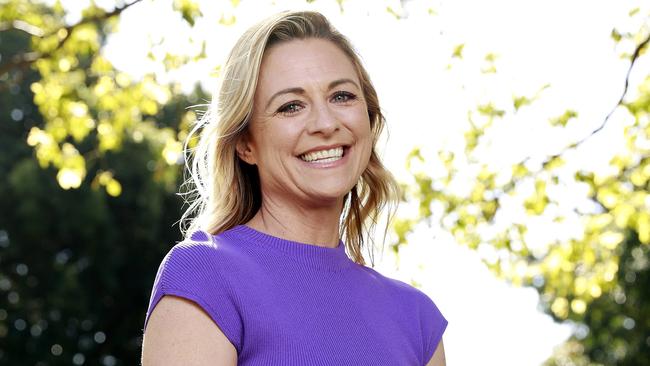Refinancing: Mortgage snags that could cost you plenty
With more than 100 lenders in Australia, it’s tempting to give yourself a rate cut before the RBA makes its next move – just make sure you avoid making these costly refinancing blunders.

Waiting for the RBA to make the next move? With more than 100 lenders operating in Australia, chances are there’s already a cheaper rate elsewhere. But when it comes to refinancing, a cheaper rate doesn’t always mean a better deal.
Here’s what you need to know.
BEST TIME TO REFINANCE
It doesn’t matter whether interest rates are rising or falling, says Finder Home Loans expert Richard Whitten, any time is a good time to refinance.
“What really matters is your current rate. If there are better offers out there, it’s a good time to switch,” he says.
MORE: Three cuts: 8 new banks slash rates before RBA

However, it may not be a good time if you have borrowed with a Loan-to-Value Ratio (LVR) of 80 or more.
“If your equity is less than 20 per cent of your property’s value you will have to pay lenders mortgage insurance (LMI), even if you paid this for your first loan,” Whitten says. “People who don’t own 20 per cent of their property should probably avoid refinancing for this reason.”
WHAT DOES IT COST TO REFINANCE?
Mortgage broker Andrew Rennie from Helping Hand Finance says it’s important to factor in the cost of refinancing when deciding whether to switch.
MORE: Negative gearing cull: Real victims revealed

While this varies across lenders, a portion of the cost is made up of non-negotiable government fees. There are also fees from your existing lender, with some incoming lenders charging application fees.
“If it’s going to cost you $800-$900 to refinance your home loan and you’re only going to save yourself $400-$500 in interest over a 12 month period it’s not worth your while,” Rennie says.
If you are wanting to break a fixed rate to refinance into a variable home loan, your current lender will most likely charge you a break fee, “which may outweigh the benefits of refinancing,” says Canstar Data Insights director Sally Tindall.

POTENTIAL DRAWBACKS
Rennie warns against refinancing too often.
“If you do it frequently, it will show up on your credit report and some lenders might be a little bit wary if you’ve had, in the past two years, three or four different home loan lenders,” he says. “A lower credit score can reduce the options that you’ve got when it comes to refinancing – you might end up going somewhere where the rate has to be higher.”
Loan term is another thing to keep in mind when refinancing, says Tindall.
“If you’re an owner-occupier who is, say, five years into your loan and you’re strapped for cash, you could be tempted to extend the loan term back out to 30 years when you refinance,” she says.
However, this could set you back tens of thousands or even hundreds of thousands of dollars, depending on your loan size, over the life of your loan.
MORE: Labor’s ‘sneaky’ change to major plan exposed

HOW TO REFINANCE
Before refinancing, it’s worth seeing if your current bank will offer you a better rate, says Rennie. If you went through a broker, ask them to contact the bank for you.
“A lot of lenders will reprice loans,” he says. “That’s the best option because you can get a reduction in rate without the associated costs and hassle of refinancing.”
Banks generally match rates according to LVR tiers, he says, so if you have paid down your loan or your property has increased in value, there could be a chance of a better deal.
“Without refinancing and changing lender you can actually get a rate reduction because you go down in those tiers,” he says. “You might save yourself 10-15 basis points straight away just by getting your house revalued.”
MORE: Nearly every Aussie is charging phone wrong

If you do go onto refinance, you can check the different interest rates on offer through comparison sites like Canstar and Finder.
Whitten says it’s important to compare “like for like” and look for loans with the features you require.
Tindall suggests aiming for a rate below Canstar’s estimated average of 6.06 per cent.
“If you’re an owner-occupier with a good track record of paying down your debt you should be aiming for a rate under 5.75 per cent,” she says. “To refinance you’re likely to need your ID, at least three months’ of pay slips, a list of regular expenses, any credit card statements, if you have one, and a current certificate of home insurance among other key paperwork.”

MORE: ‘Irresponsible:’ Dutton promise could hurt new buyers
Furious public call out ‘delusional’ Gates
Inside Gene Hackman’s $6m mansion
Originally published as Refinancing: Mortgage snags that could cost you plenty
